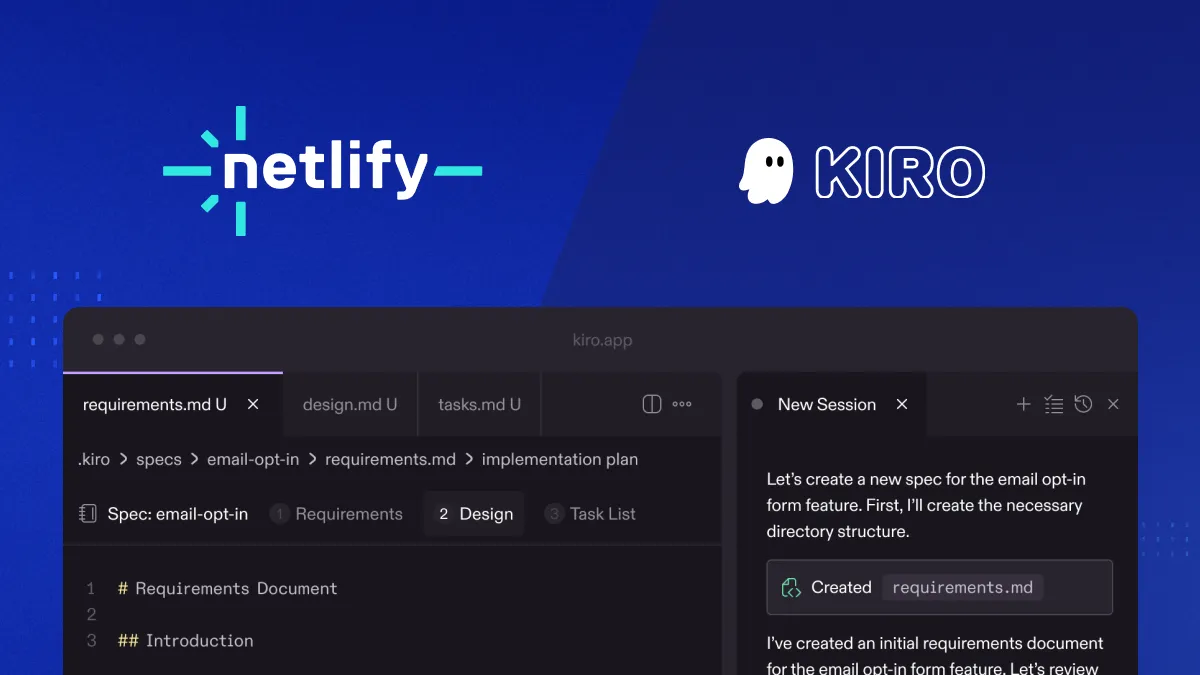Webpack is JavaScript module bundler that has taken the world by storm, but a lack of great docs and wealth of boilerplates have led to many people using it, but not understand it.
Sean T. Larkin from the Webpack core team spoke at a recent JAMstack SF meetup on the subject.
Webpack is a static build tool and there are 4 key concepts to understand how it works.
Entry
Webpack creates a graph of all of your application’s dependencies. The starting point of this graph is known as an entry point. The entry point tells Webpack where to start and follows the graph of dependencies to know what to bundle. You can think of your application’s entry point as the contextual root or the first file to kick off your app.
In Webpack we define entry points using the entry property in our Webpack configuration object.
The simplest example is seen below:
module.exports = { entry: './path/to/my/entry/file.js'};Output
Once you’ve bundled all of your assets together, we still need to tell Webpack where to bundle our application. The webpack output property describes to Webpack how to treat bundled code.
module.exports ={ entry:'./path/to/my/entry/file.js', output:{ path: path.resolve(__dirname,'dist'), filename:'my-first-webpack.bundle.js'}};Loaders
The goal is to have all of the assets in your project to be Webpack’s concern and not the browser’s. (This doesn’t mean that they all have to be bundled together). Webpack treats every file (.css, .html, .scss, .jpg, etc.) as a module. However, Webpack only understands JavaScript.
Loaders in webpack_transform these files into modules_as they are added to your dependency graph.
const config ={ entry:'./path/to/my/entry/file.js', output:{ path: path.resolve(__dirname,'dist'), filename:'my-first-webpack.bundle.js'}, module:{ rules:[{test:/\.(js|jsx)$/, use:'babel-loader'}]}};Plugins
Since Loaders only execute transforms on a per-file basis, plugins are most commonly used (but not limited to) performing actions and custom functionality on “compilations” or “chunks” of your bundled modules (and so much more). The Webpack Plugin system is extremely powerful and customizable.
In order to use a plugin, you just need to require() it and add it to the plugins array. Most plugins are customizable via options. Since you can use a plugin multiple times in a config for different purposes, you need to create an instance of it by calling it with new.
const HtmlWebpackPlugin =require('html-webpack-plugin');//installed via npmconst webpack =require('webpack');//to access built-in pluginsconst config ={ entry:'./path/to/my/entry/file.js', output:{ filename:'my-first-webpack.bundle.js', path:'./dist'}, module:{ rules:[{test:/\.(js|jsx)$/, use:'babel-loader'}]}, plugins:[newwebpack.optimize.UglifyJsPlugin(),newHtmlWebpackPlugin({template:'./src/index.html'})]};
module.exports = config;Thanks to Sean and the Webpack team for their hard work on the build tool and the recent v2 documentation updates.





